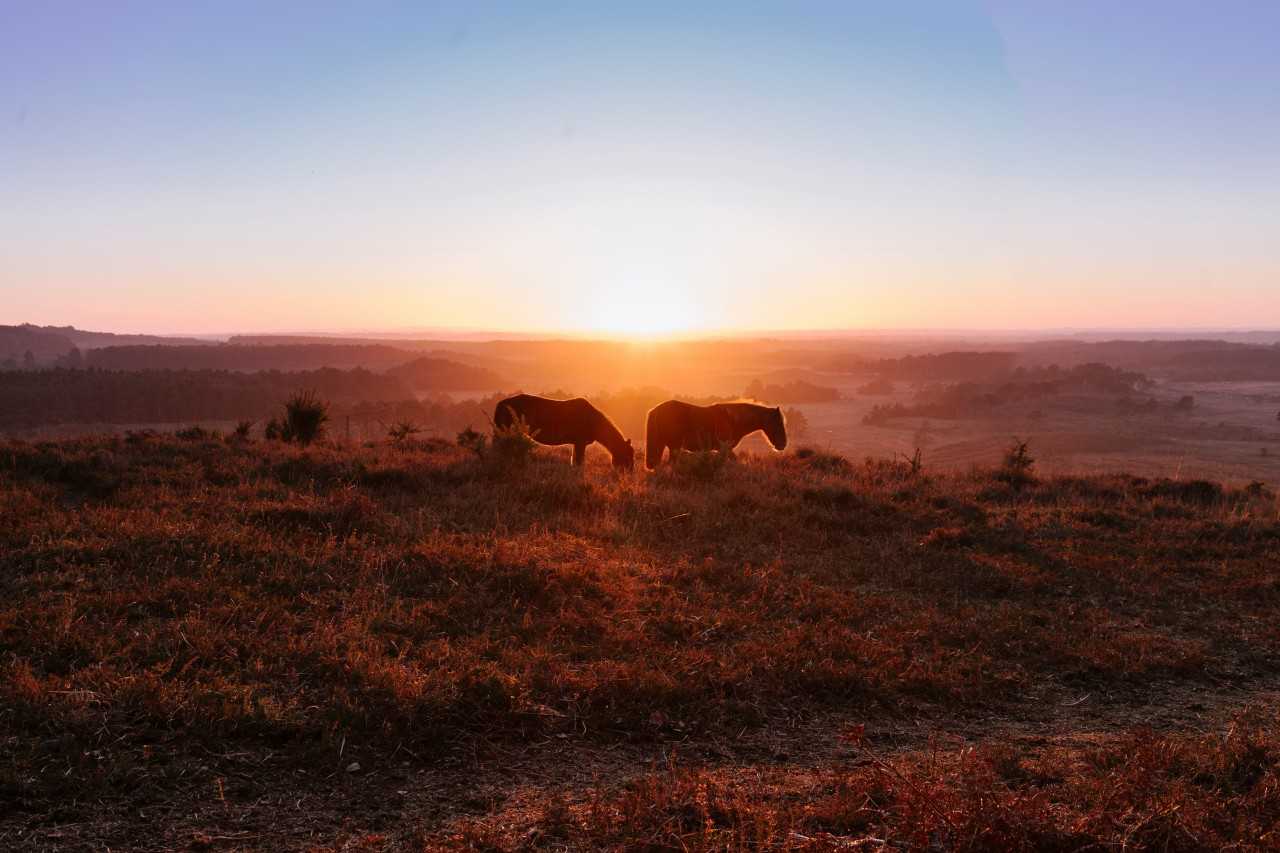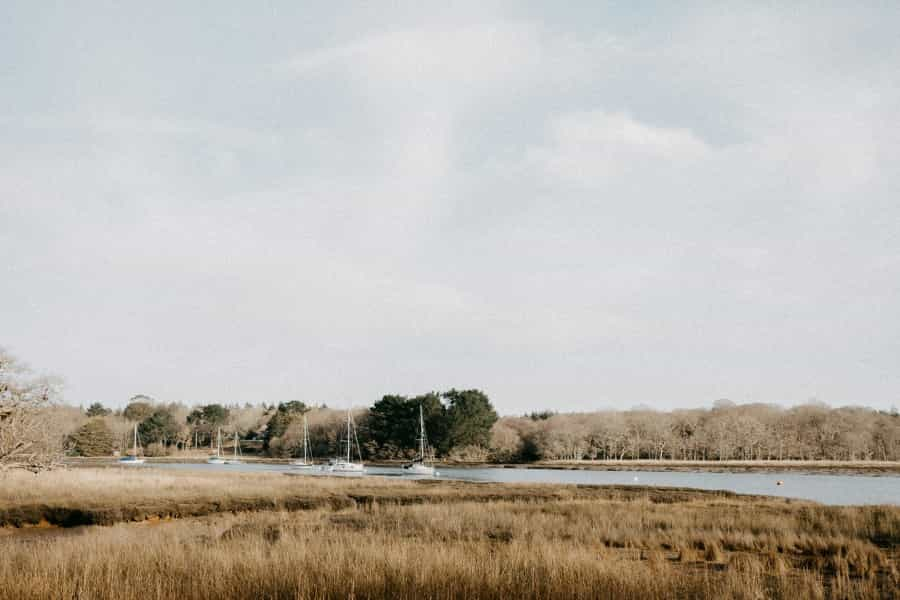New Forest Area Guide

Covering 219 square miles (565 square kilometres) of land on the south coast of England, the New Forest National Park is one of the smallest of the UK’s 15 national parks. It’s also one of the newest, having only been established as a national park in 2005. This status gives protection to the rare ecosystems that exist within the park, and notes the importance of things like the ancient woodland, the nutrient-rich peat bogs and the native animals – including the famous free-roaming New Forest ponies.
As well as being environmentally important, the countryside and coast of the New Forest are full of things to see and do, whether you’re planning a day trip or a longer break. In this guide we’ll give you a short introduction to the park, along with detailed articles to help you find some of the best attractions and activities.
Where is the New Forest?
Occupying a central spot on the coast of southern England, the New Forest National Park sits almost entirely within the county of Hampshire, with just a small section in Wiltshire. The park’s major towns include Brockenhurst, Fordingbridge and Lymington, and it's also very close to the city of Southampton (just to the east of the park) and the seaside town of Bournemouth (to the west).
Despite its small size, the New Forest gets a large number of visitors each year – and that's partly because of how easy it is to get to. The M27/A31 runs through the northern part of the park, and its position on a major rail line means you can get to Brockenhurst (in the centre of the park) in around an hour and a half from London on the train. Getting around once you're there should be easy, too – there are seven more railway stations around the park, and a decent bus network as well.
It's worth noting that just a short hop across the Solent takes you to the Isle of Wight – ferries from Lymington take about 40 minutes to get to Yarmouth, making day trips and two-centre holidays definite possibilities.
What to do in the New Forest

The New Forest National Park may be fairly compact but it packs a lot into its small area. With varied landscapes of woodland and open heath, plus around 42 miles of coastline, there’s a lot of lovely scenery to take in. The park’s fairly flat terrain means that it’s very approachable for days of walking and cycling, and the rivers and coastline have plenty of options for watersports and sailing.
There’s also a rich history behind this area – traces of habitation dating back thousands of years have been found around the park, and it’s home to more than 600 Scheduled Ancient Monuments. This means there’s plenty of cultural and heritage interest here too, whether you’re strolling around pretty villages like Burley and Ashurst or heading to places like the Beaulieu estate and Buckler’s Hard.
The New Forest is also an excellent destination for a family holiday – as well as plenty of easy walks and bike rides, it also has some fantastic attractions like the New Forest Wildlife Park and Paultons Park, home of Peppa Pig World. With budget-conscious camping pitches and more luxurious New Forest glamping options to choose from, it's easy to create family outdoor adventures.
Why is it called the New Forest?
Despite its name, the New Forest is in fact very old – it was actually established by William the Conqueror in 1079. The king claimed the area as a royal hunting ground, naming it ‘Nova Foresta’ in order to apply forestry rules that banned commoners from the land.
Even the word ‘forest’ is something of a misnomer, as only around a quarter of the national park’s area is woodland; the remainder is covered by heathland and meadows. Visitors are very much encouraged these days, but much of the land remains Crown property, under the management of the national park and Forestry England.

New Forest History & Culture

Family-Friendly Things to Do in the New Forest

Accessible Adventure in the New Forest

New Forest Hidden Gems

A Guide to Cycling in the New Forest

Mountain Biking in the New Forest

Best Walks in The New Forest

A Guide to Hiking in the New Forest

Horse Riding in the New Forest

Wildlife in the New Forest